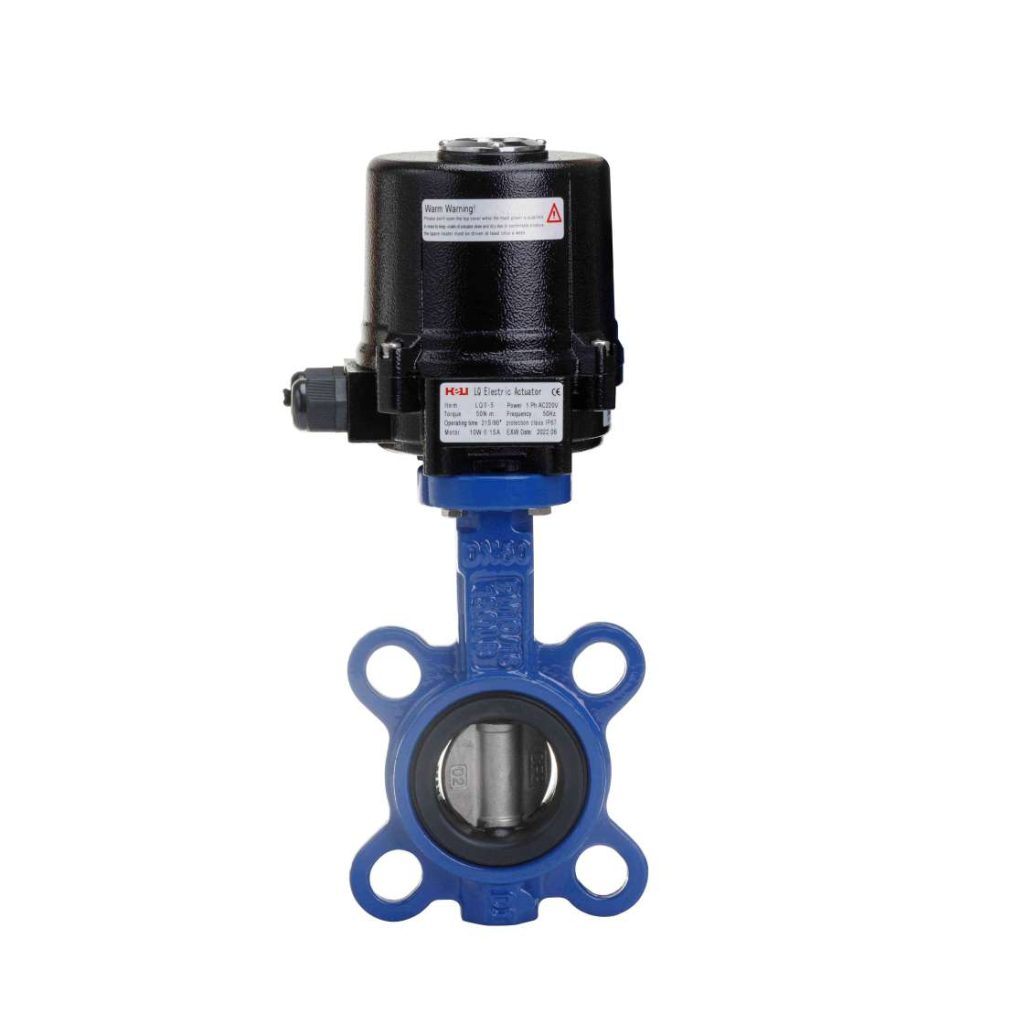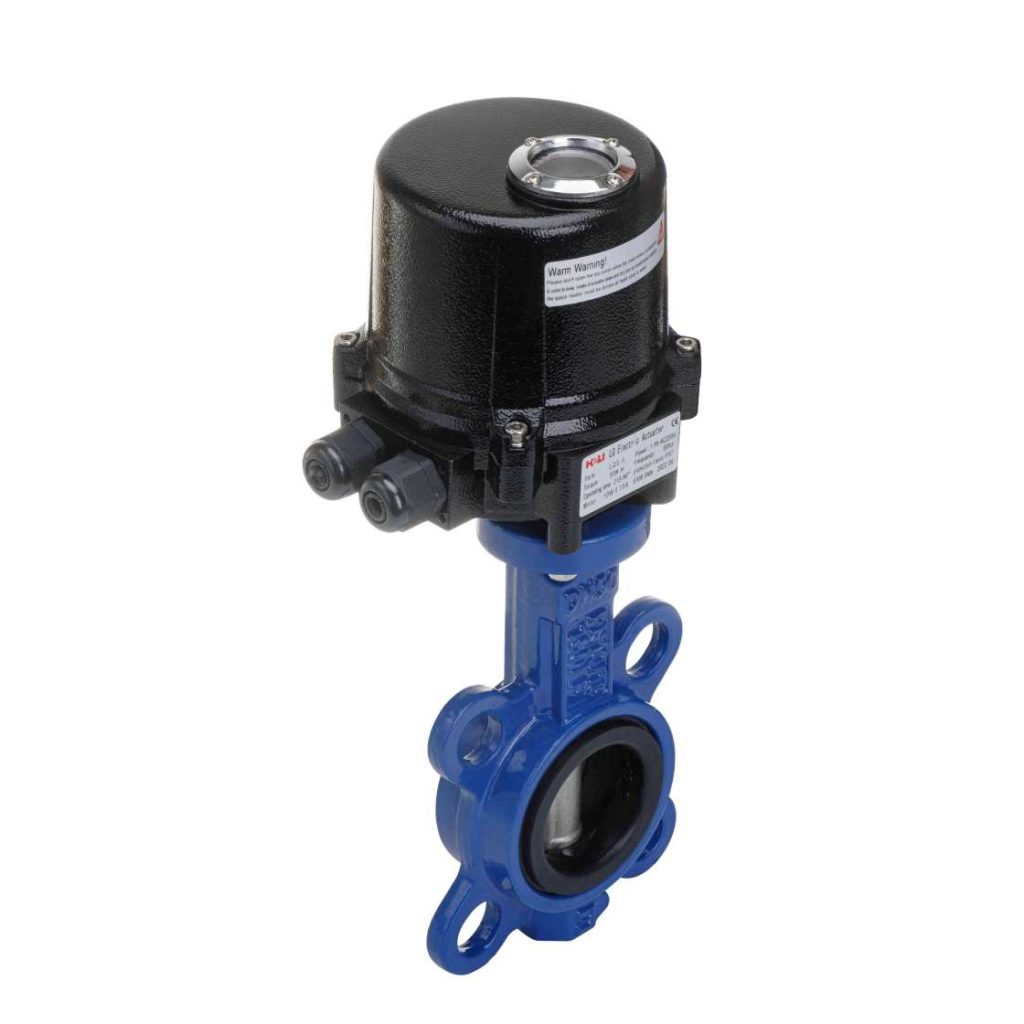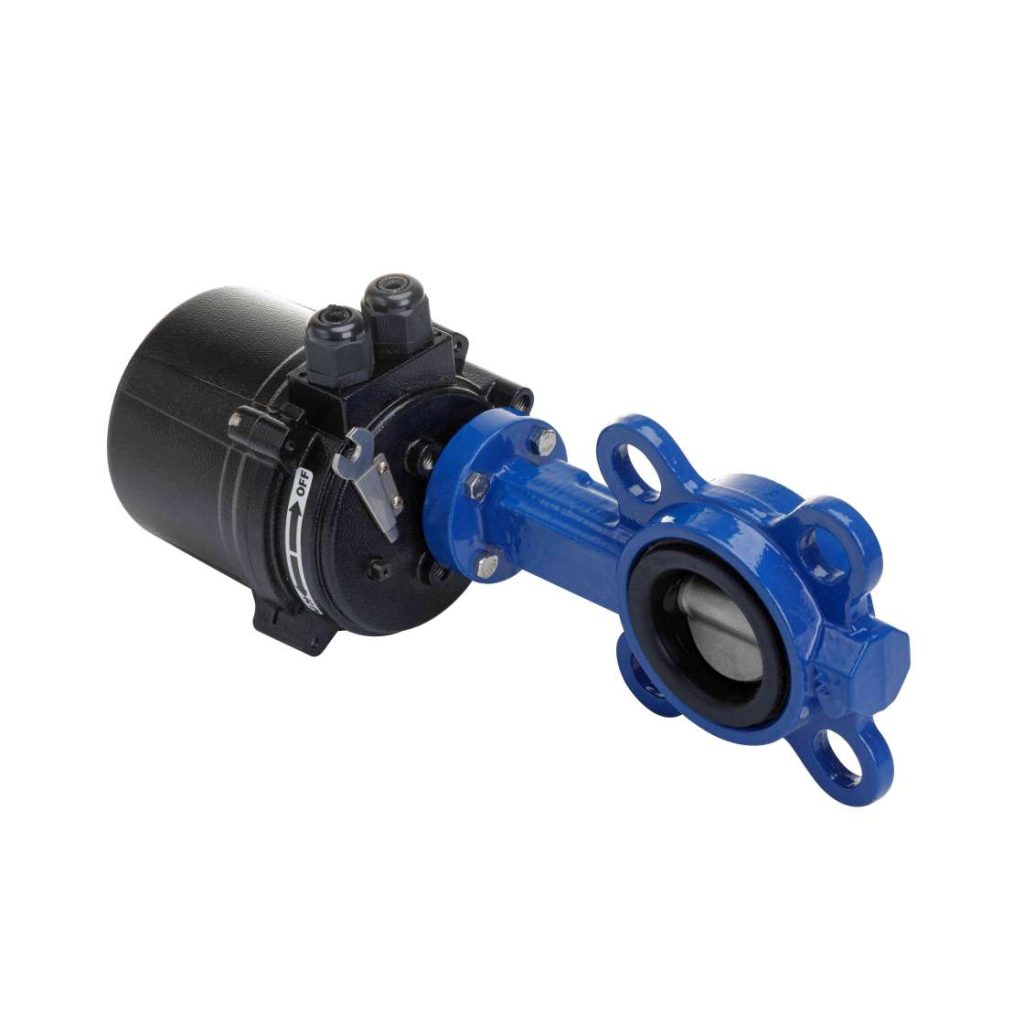Agricultural irrigation is a critical component of modern farming practices, as it ensures that crops receive the right amount of water at the right time. Efficient irrigation systems can drastically improve crop yield while minimizing water wastage. One essential component in these systems is the electric butterfly valve, a highly effective solution for regulating water flow. In this article, we explore the importance of electric butterfly valves in agricultural irrigation, the advantages they bring, and the role of Original Equipment Manufacturer (OEM) manufacturers in producing these advanced valves.

What is an Electric Butterfly Valve?

An electric butterfly valve is a type of valve that uses an electric actuator to control the flow of water through a pipe. It operates by rotating a disc, which is mounted on a shaft, within the pipeline. The position of the disc determines the amount of water that can flow through the valve, offering precise control over water flow and pressure. Electric butterfly valves are typically used in large irrigation systems due to their ability to manage flow efficiently while minimizing energy consumption. The main difference between manual butterfly valves and electric butterfly valves lies in the method of operation. While manual valves require human intervention to adjust flow, electric butterfly valves can be controlled remotely or automatically, making them highly suitable for large-scale agricultural applications where frequent adjustments are needed.
